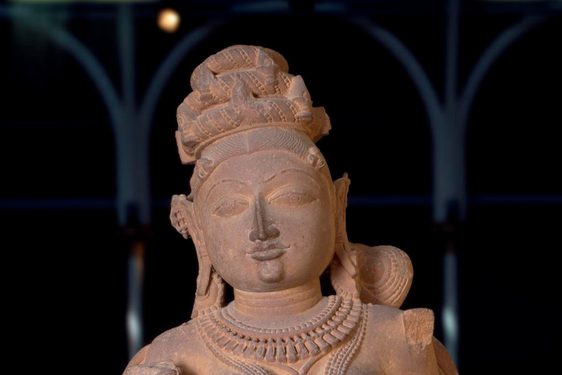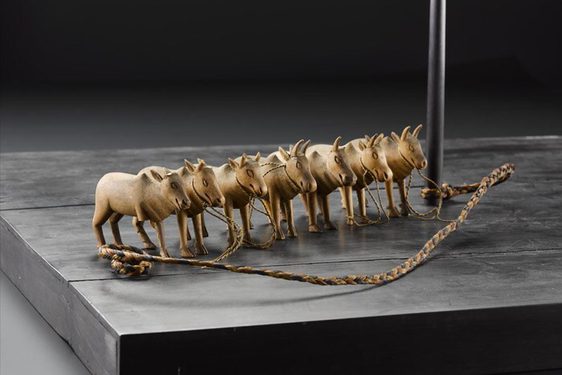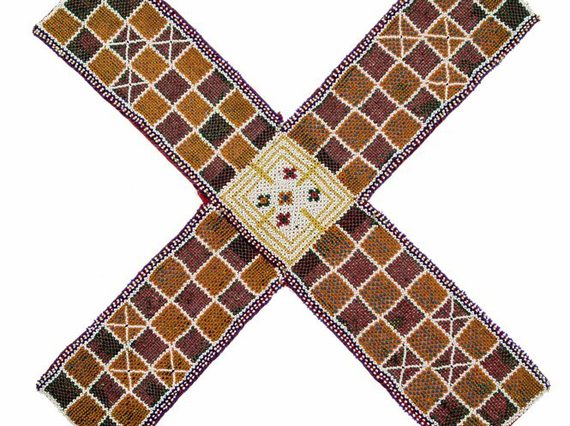
Chess and Ludo: Board games with South Asian origins
News Story
These beautifully handcrafted walrus ivory chess pieces were found on the Isle of Lewis in the Outer Hebrides, Scotland in 1831. They date to about 1150, but when our group dug deeper into the origins of the game, we found out that it started way back during the Gupta period (4th to 6th century CE) in North India.
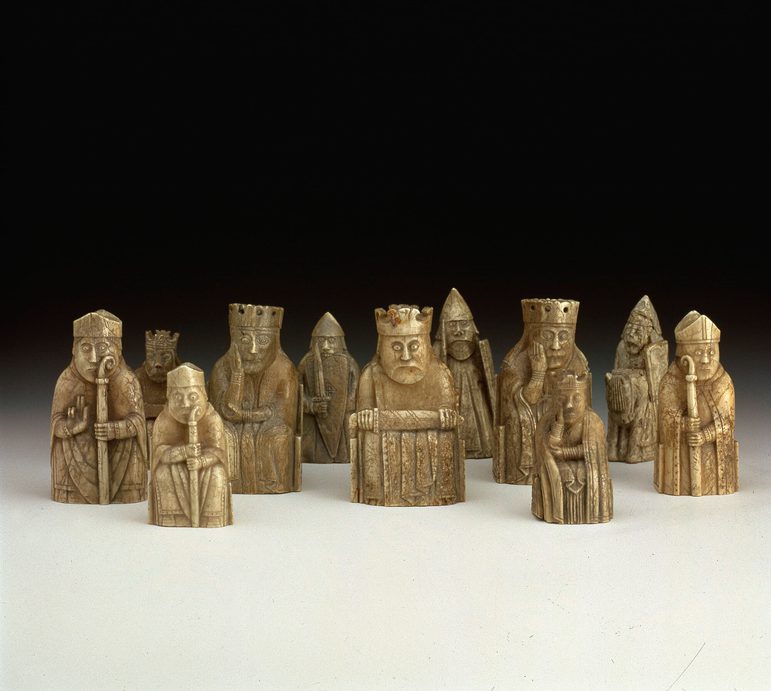
It was then known as chaturanga, meaning four limbs or four units of an army. From its origins in India, the game travelled to Iran following the Arab conquest of Iran, and it came to be known as Shatranj. A popular game, it moved to Europe during the medieval period, where it embraced a new name, chess, as well as some modification.
Are there any differences between the Indian original chaturanga and chess? Yes, indeed. In chaturanga the Queen was the weakest, and in chess, as we know, the Queen is the lifeline. It is fascinating to think about the chess Queen as an icon of female power especially during times when women were in a position of secondary power. Chess historians believe that the piece which we call Queen today was not originally known as Queen but as ‘firs or ferz’ meaning counsellor in Persian. In Sanskrit it was called mantri, which also means minister or counsellor. This could mean that the game of chess existed without the Queen for many years. The rise of the chess Queen is said to be deeply connected with the rise of female monarchs in Europe in the 16th century.
Mr Izaz mentioned that chaturanga was a game of nobility played by kings, nobles and courtly society, helping them to build battle strategies to fight against enemies. He learnt the game from his father when he was young. He also said the that the word ‘checkmate’ evolved from the Persian word ‘shah mat’ meaning ‘the king is dead’.
Playing chess was seen as a prestigious pastime because of the social value attached to it. Is it because of the connection with the nobility that chess pieces were crafted using expensive and exquisitely made material such as ivory, jewels and diamonds? Maybe it was a way of showing off their owners' position or authority?
The board game Ludo has its origins in another South Asian game called chausar. Many in our group remembered playing this game as a child, using kauri shells as counters. You can see the similar shape of the board here to Ludo.
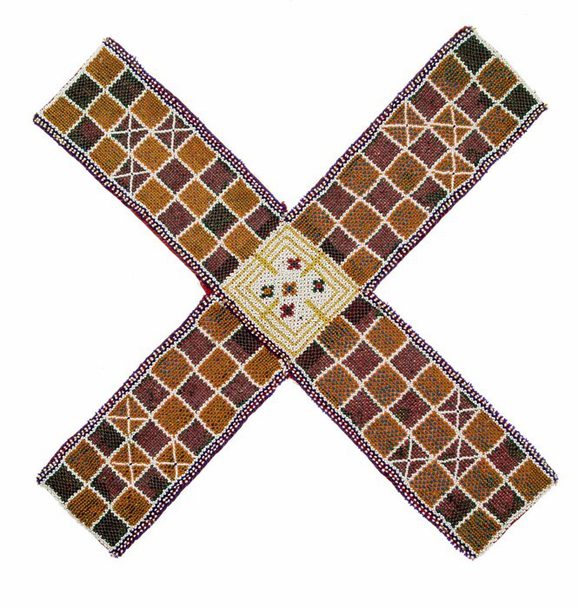
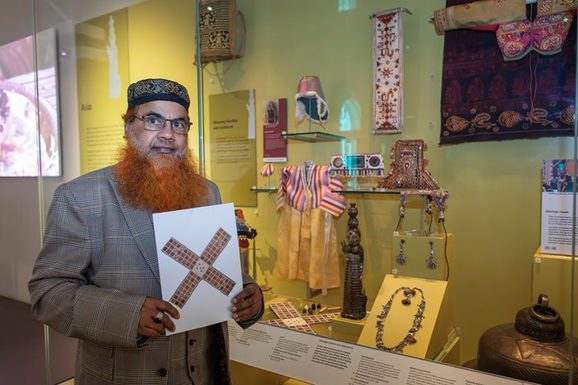
View the Lewis chess pieces in 3D
You can view the 3D models of the Lewis chess pieces the player below, or browse the full collection. The Lewis chess pieces can be found in the Kingdom of the Scots gallery and the chausur board is in the Patterns of Life gallery at the National Museum of Scotland.
